![图片[1]-Revolutionizing Agricultural Production: The Rise of Drone Assembly Lines for Precision Farming-msoen](https://www.msoen.com/wp-content/uploads/2025/04/3ea0601715184639-1024x768.jpg)
The global agricultural sector is undergoing a technological renaissance, driven by the need to feed a growing population while minimizing environmental impact. At the heart of this transformation lies drone assembly lines for agriculture—automated production systems designed to manufacture customized drones tailored for farming applications. These assembly lines combine robotics, AI, and modular design to optimize drone performance, reduce costs, and accelerate scalability. This article explores how these assembly lines work, their benefits, challenges, and their role in shaping the future of precision agriculture.
- What Are Drone Assembly Lines for Agriculture?
Drone assembly lines for agriculture are specialized production systems that integrate automated workflows, quality-control sensors, and customizable modules to produce drones optimized for farming tasks. Unlike generic drone factories, these lines focus on:
- Modular components: Swappable payloads (e.g., sprayers, multispectral cameras) for diverse crop needs.
- Scalability: Batch production or mass customization to meet regional farming demands.
- Precision engineering: Drones built to withstand harsh field conditions (e.g., dust, moisture, terrain).
Key stages include component sourcing, automated assembly, AI-driven calibration, and rigorous testing.
- Key Components of Agricultural Drone Assembly Lines
A. Automated Robotic Arms
- Precision welding and assembly: Robots ensure consistent drone frame construction, reducing human error.
- Payload integration: Automated systems attach nozzles, sensors, or sprayers tailored to specific crops (e.g., rice paddies vs. orchards). B. AI-Powered Quality Control
- Computer vision: Cameras and sensors inspect welds, wiring, and sensor alignment with micron-level accuracy.
- Predictive maintenance: Algorithms predict component wear and schedule replacements before failures occur. C. Modular Design Stations
- Plug-and-play modules: Workers or robots can swap components (e.g., battery types, spray nozzle sizes) based on farm requirements.
- Custom firmware updates: Pre-installed software adapts drones to regional regulations or crop-specific algorithms. D. Sustainability Features
- Eco-friendly materials: Biodegradable plastics or recycled alloys reduce environmental footprints.
- Energy-efficient assembly: Solar-powered stations or low-waste manufacturing processes lower carbon emissions.
- Advantages Over Traditional Drone Production
A. Faster Time-to-Market
Automated lines reduce assembly time by 50–70%, enabling rapid deployment of drones during critical farming seasons (e.g., planting or harvest). B. Cost Efficiency
Batch production lowers per-unit costs by 20–30%, making high-performance drones accessible to smallholder farms. C. Customization at Scale
- Crop-specific configurations: Drones for vineyards feature angled nozzles to avoid grape damage, while those for cotton fields prioritize canopy penetration.
- Regional compliance: Pre-programmed no-fly zones and spray limits align with local regulations. D. Enhanced Durability
Rigorous testing ensures drones withstand extreme weather, prolonged flights, and abrasive field conditions.
- Applications in Modern Agriculture
A. Large-Scale Row Crops
- Soybean and Corn Farms: Drones mass-produced on assembly lines treat vast fields with herbicides or fertilizers, reducing labor costs by 40%.
- Precision Seeding: Drones plant seeds in precise patterns to maximize yield per acre. B. Specialty Crops
- Orchards and Vineyards: Lightweight drones navigate dense canopies to apply micronutrients or organic pesticides.
- Vineyard Canopy Management: Drones prune excess foliage to optimize sunlight exposure and airflow. C. Emergency Response
- Disaster Recovery: Assembly lines rapidly produce drones to assess flood damage or replant crops after wildfires. D. Research and Development
- Prototyping: Custom drones for experimental applications (e.g., AI-driven pollination) are iterated in weeks instead of months.
- Challenges and Solutions
A. High Initial Investment
- Issue: Setting up assembly lines requires significant capital ($500,000–$2M).
- Solution: Government subsidies, public-private partnerships, or leasing models for small farms. B. Technical Complexity
- Issue: Integrating AI and IoT systems demands specialized expertise.
- Solution: Collaborate with agritech firms or hire third-party engineers for maintenance. C. Maintenance and Upgrades
- Issue: Field repairs in remote areas are challenging.
- Solution: Use modular components with quick-release fasteners and drone-delivered spare parts. D. Standardization Gaps
- Issue: Lack of global regulations for agricultural drones.
- Solution: Adopt ISO standards for safety and interoperability.
- Future Trends in Agricultural Drone Assembly Lines
- AI-Driven Autonomy: Self-optimizing assembly lines that adjust production based on real-time demand forecasts.
- Swarm Manufacturing: Fleets of drones produced on a single line to work cooperatively in fields.
- 3D-Printed Components: On-demand printing of specialized parts to reduce waste and lead times.
- Blockchain Traceability: Transparent tracking of materials and firmware for compliance and recalls.
- Steps to Implement a Drone Assembly Line
- Assess Needs: Identify target crops, farm sizes, and regulatory requirements.
- Choose Modular Design: Prioritize swappable payloads and firmware adaptability.
- Integrate AI Tools: Use machine learning for predictive maintenance and application optimization.
- Partner with Experts: Collaborate with agronomists and robotics engineers during setup.
- Pilot and Scale: Test drones on small plots, refine designs, and expand production.
- Best Practices for Operational Success
- Regular Calibration: Use IoT sensors to monitor nozzle performance or battery health.
- Farmer Training: Workshops to maximize drone utilization and data analysis.
- Community Feedback Loops: Involve local farmers in refining drone configurations.
Conclusion
Drone assembly lines for agriculture are redefining farming efficiency by merging automation, customization, and sustainability. By streamlining production and enabling rapid adaptation to regional challenges, these lines empower farmers to tackle labor shortages, climate change, and resource constraints. As AI and IoT technologies advance, automated assembly lines will become the backbone of smart farming, ensuring food security in a rapidly evolving world.
Final Thought: The future of agriculture isn’t just about growing crops—it’s about engineering systems that grow smarter, greener, and more resilient with every flight.

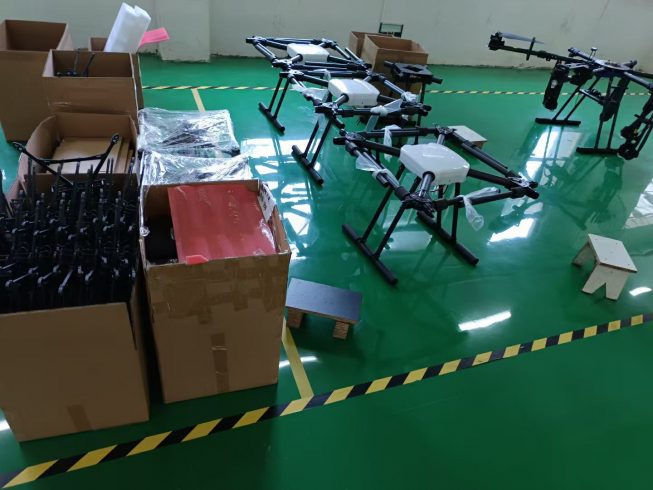
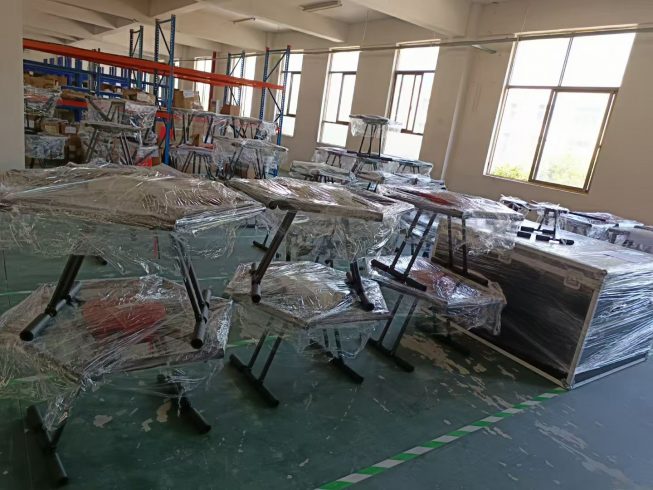

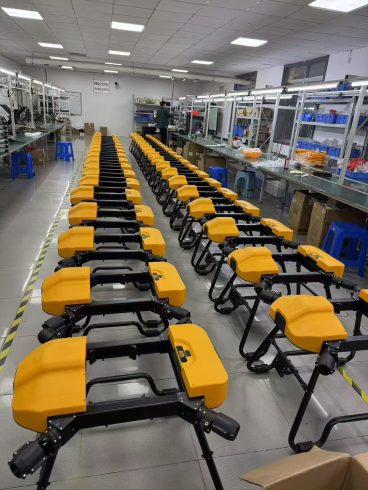
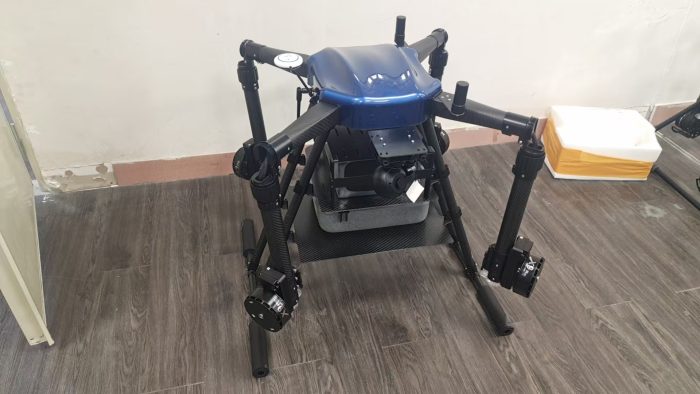

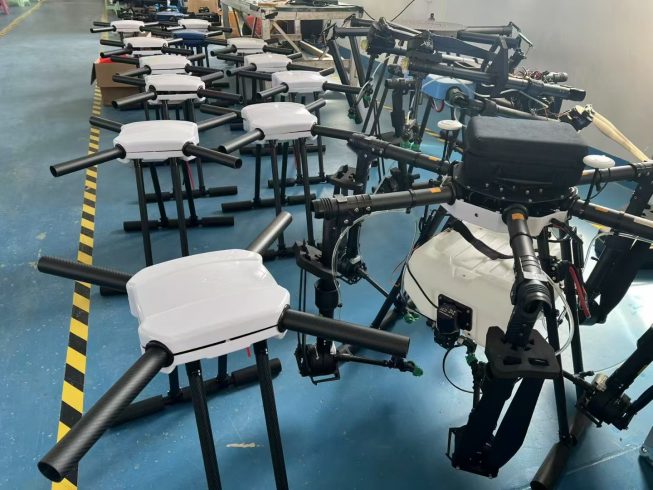
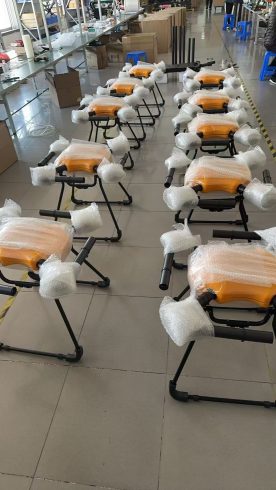
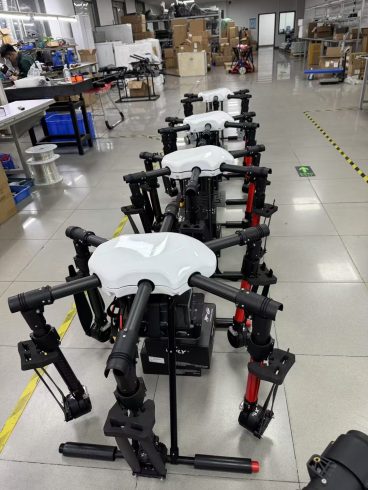
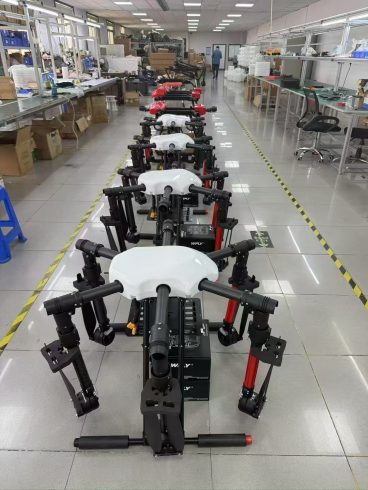

暂无评论内容